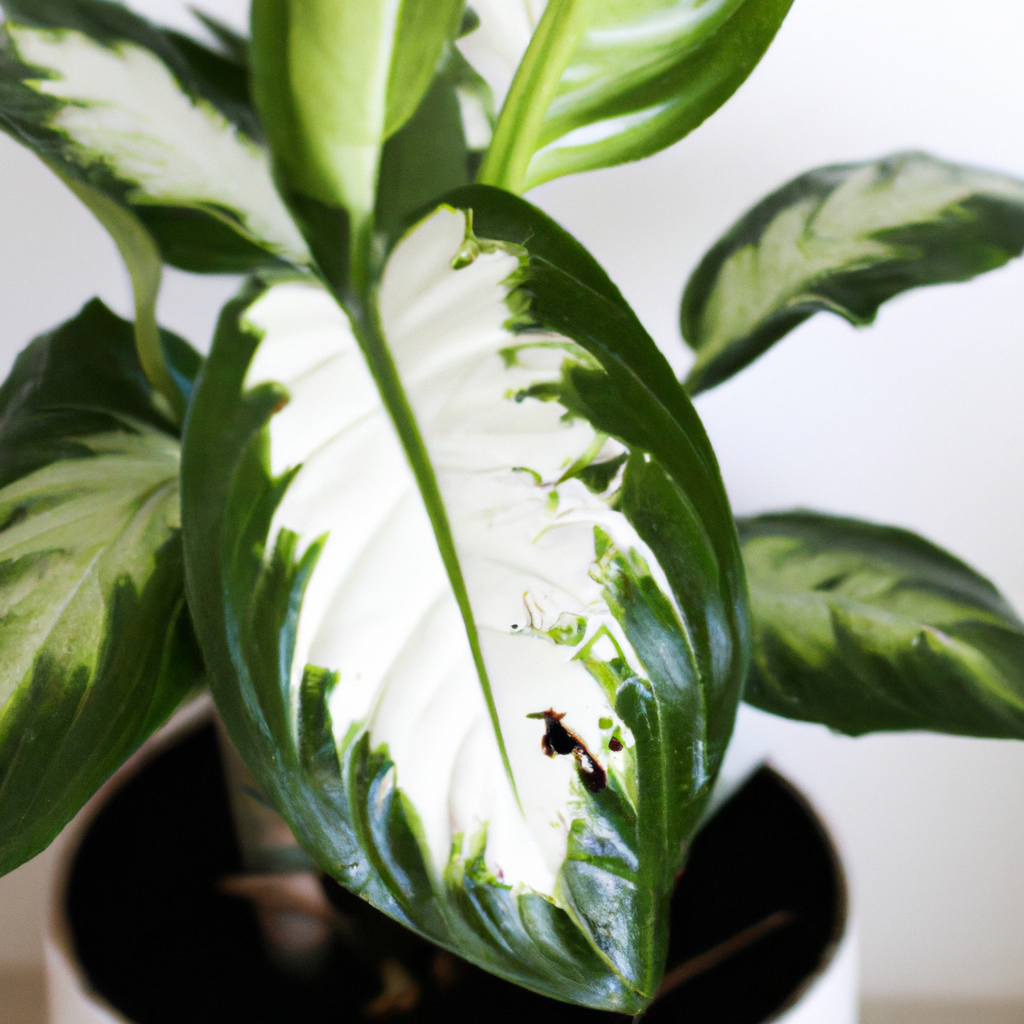When selecting a houseplant for your home, there are quite a few criteria to consider. Will it fit in your space? Will it take too much of your time? Is it the right color, shape, or texture? And, most importantly, is it right for you?
These questions are just as important when considering if a Dumb Cane, or Dieffenbachia, is the right plant for your living space. A popular houseplant of the Araceae family Due to their showy foliage and easy-care nature, Dumb Canes can make a great choice for any home. Though they may appear intimidating at first glance, with proper care and understanding of their needs, these plants can be just as easy to care for and maintain as any other common houseplant.
To begin with, it’s important to know that Dumb Canes require medium to bright light but cannot tolerate direct sunlight. They prefer temperatures between 55-80 degrees Fahrenheit and should be kept away from drafts and vents. During colder months, consider keeping them near a warm window or supplementing the illuminate with a fluorescent bulb.
The next step is to focus on watering and soil requirements. This particular plant requires soil that is moist but not soggy, as too much moisture can cause root rot. As for watering frequency and amount, it depends on the size of the pot and the size of the plant itself. In general, it’s safe to water every 7-10 days if you’re using soil-less potting mix; if you’re using regular potting soil, then you should water more frequently (every 3-5 days). Just remember that overwatering is usually the biggest cause of plant death, so always err on the side of caution.
Once you have mastered watering and temperature requirements, you can focus on other components that make Dumb Canes a great choice for home decor. Their eye-catching foliage comes in all sorts of sizes, shapes and shades of green – making them a great statement piece in any room. Though they rarely flower indoors, they do produce white and yellow blooms outdoors in warm climates.
When considering how best to display your Dumb Cane in your home, try mixing things up with different types of containers – such as terracotta clay pots or wicker baskets – as well as combining it with different plants like Parlor Palms or Cyclamens to create an interesting display. Another fun thing to try is making your own decorative potting soil – by adding peat moss and coconut fiber – which will help to add extra nutrients and moisture to your plant’s soil.
From choosing a spot with the right amount of light to keeping an eye out for pests like aphids or mealybugs – caring for a Dumb Cane might seem overwhelming at first. However with some dedication and knowledge of their needs, these plants can be quite manageable and long-lasting additions to any indoor space. So if you’re feeling adventurous when it comes houseplants – why not give this “dumb” one a try?
